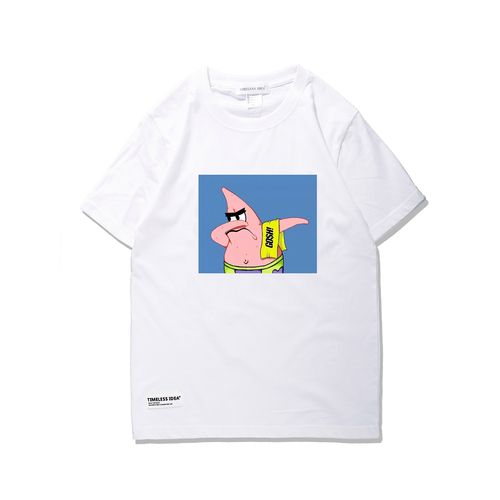The weaving method of fabric refers to the different weaving techniques used in the weaving process. Common ones include plain weave, twill weave, satin weave, etc.
1. Plain weave: Plain weave is the most basic weaving method and the most common. In plain weave, warp and weft yarns are interwoven at 90-degree angles to form a uniform and simple lattice-like structure. Plain weave fabric has good strength and wear resistance, good air permeability, but poor elasticity.
2. Twill weaving method: Twill weaving is to weave the weft at an angle of 45 degrees or more to form a twill pattern. This weave allows the yarns to be more closely intertwined, increasing the strength and wear resistance of the fabric. Twill woven fabric has a certain degree of elasticity and softness, and is suitable for use in pants, suits and other clothing.
3. Satin weaving method: When the warp and weft threads are interwoven together, the warp threads float on the weft threads, presenting a smooth surface. This weaving method gives the fabric high gloss and smooth feel, making it suitable for making high-end clothing and household items. Satin fabrics are typically thin, wrinkle easily, and require careful use and care.
The impact of different weaving methods on fabric performance is mainly reflected in the following aspects:
1. Strength and wear resistance: Plain and twill weaving methods can enhance the strength and wear resistance of the fabric, and are suitable for making clothing and household items that are subject to frequent friction and stretching.
2. Breathability: The plain weave method makes the yarns interlaced relatively loosely, thereby enhancing the breathability of the fabric, which is beneficial to skin breathing and sweat discharge.
3. Elasticity and softness: The twill weaving method makes the fabric have a certain degree of elasticity and softness, with high comfort and is suitable for making close-fitting clothing or requiring more wear. Very comfortable product to wear.
4. Glossiness and feel: The satin weaving method makes the surface of the fabric smooth and has good gloss and silky feel, making it suitable for making high-end clothing and household items. .
In general, different weaving methods give fabrics different performance characteristics. Companies can choose appropriate weaving methods to make fabrics based on product needs and usage scenarios. .







